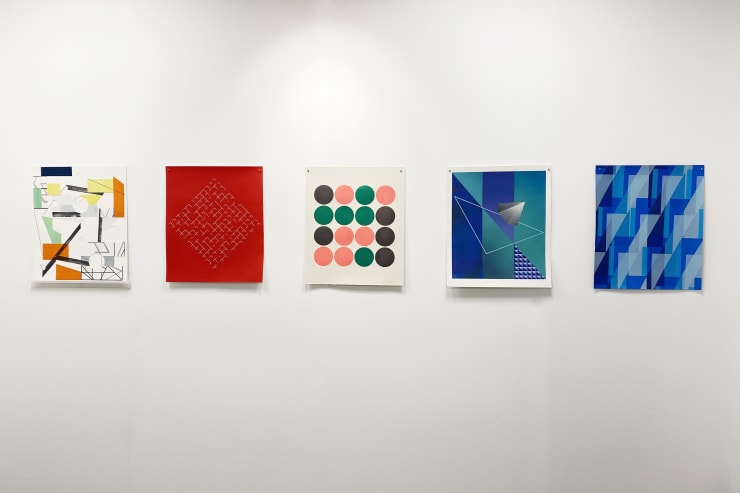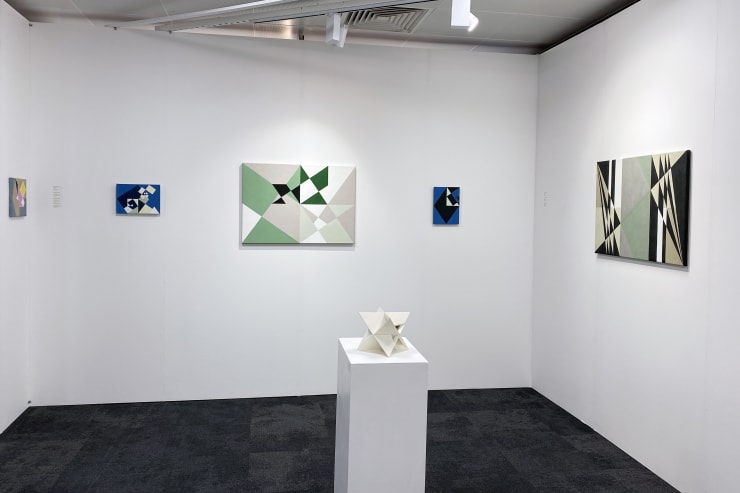NATALIE DOWER: A Constructivist Artist and her Contemporaries: Eagle Gallery/EMH Arts Project at the London Art Fair
The Eagle Gallery’s presents an installation of Dower’s paintings and sculpture from the 1980s to the present, shown in counterpoint to a sequence of individual works on paper – made in response by six contemporary artists: Andrew Bick, Katrina Blannin, Hanz Hancock, Fiona Grady, Patrick Morrissey, Charley Peters
The project encompasses a view of the historic position of British constructivism, together with contemporary approaches that have extended from it, illustrating the sense of an art that Hughes often spoke of as 'based on an idea of order with endless variety '.
Natalie Dower (b.1931) was one of a highly creative group of artists who were students together at the Slade School of Fine Art in the early 1950s. While many of her friends and contemporaries - including Craigie Aitchison, Euan Uglow and Paula Rego - developed their work in relation to figurative traditions, Dower became increasingly influenced by systems of abstraction.
Dower's art is rooted in mathematical geometry, codes of proportion and colour theory, but she has always allowed elements of chance into her practice and has never adhered to a strictly formalist approach. Over the last 50 years she has produced an extraordinary body of work - in two and three dimensions - which is represented in institutions including Arts Council England and the Government Art Collection.
Her approach follows logic and a personal set of guidelines that echo the ideas of painters including Malcolm Hughes, Kenneth Martin and Mary Martin. In recent years her work has been discovered by a younger generation of British abstract artists - who are themselves testing the parameters of a systems-based approach.
Fiona Grady's spoke about her work inspired by Natalie Dower:
"My new series of screenprints Counterpoints (after Natalie Dower) are inspired by Dower's first investigation into drawing systems. In the early 70s she began a project Hot Blue a series of studies on paper that took elements of a still life drawing, transposing it onto a grid composed from blocks of monochrome colour, to create a unified palette."







